Last Thursday we had the privilege of visiting our friends at the Ancient Technology Centre in Cranborne, Dorset, to share ideas about archaeology, education and running an outdoor centre. We had a fantastic trip and learnt so much from the centre, managed by Luke and Pascale who are working incredibly hard to provide a brilliant educational facility for the people of Dorset and beyond.
We started with coffee, biscuits and a tour of the site, which looked beautiful in the bright winter sunshine. Below you can see the Viking longhouse and Iron Age roundhouse, which has been covered in turf. Inside the roundhouse the floor has been built in different levels, providing a truly unique atmosphere and a great venue for storytelling and parties!
The Viking house was a marvel to behold, with ancient runes carved into every timber and a blazing fire in the centre of the room. The ATC hold residential trips for children, who get the chance to stay overnight and live like a real Viking clan, chores and all! We then visited a Grubenhaus, a Roman water carrying device, another roundhouse, a Roman garden and a Mesolithic structure.
After a delicious lunch, we headed to the Roman forge to learn how to work Iron like the Romans. After a lot of tapping, whacking and bellowing, the team made one medieval ballista head – hoorah! Watch Mary have a go below:https://www.youtube.com/watch?v=5U12h26UK-c&t=9s
Thanks so much to Luke and Pascale for an inspiring day out – we look forward to welcoming them to the farm very soon! You can find out more about the Ancient Technology Centre by visiting their website here.
















 Red Admiral
Red Admiral Cabbage White
Cabbage White Peacock
Peacock Comma
Comma




